The Best Blog You Need for China Product Sourcing
Introduction
China has become a popular destination for sourcing products.
If you’re looking to source products from China, it’s important to understand the process and what to expect. This guide provides the most useful advice on China product sourcing, including tips on how to find suppliers and negotiate prices.
Whether you’re new to sourcing or have experience with manufacturing in other countries, these tips will help you successfully navigate the process of China product sourcing
Trust us, this is the only blog you need to read about Sourcing Products from China, which is able to solve most of your problems
The blog will include the following content
The Trend of Economic globalization: Global value chains
Why We Choose China Product Sourcing
The Most Popular Products Sourcing from China
Different ways to cooperate with Chinese product suppliers
Types of Product Suppliers
Difference between a Sourcing agency and a trading company
The Process of Sourcing Products from China
The Best Place for Finding Chinese Product Suppliers
The Trend of Economic globalization: Global value chains
What are global value chains?
The current global economy has been characterized by increasing integration and standardization at both domestic and international levels.
Firms have turned to more vertically integrated supply chains in an attempt not only to meet higher demand but also to enhance their competitive advantage.
This allows them greater flexibility about when individual items will be needed so that they may produce close-matched pairs rather than having excess capacity lying idle while waiting
As they have spread, value chains have become increasingly global. GVCs draw on
some basic characteristics of today’s global economy:
- The interconnectedness of economies is a growing trend that has been increasing over time. In GVCs economic activities are fragmented and dispersed across countries today, with more than half the world’s manufacturing imports coming in at intermediate goods (primary products), alongside other pieces like parts or components for example; this makes up 70% out of total service importation – including business services too!
- Specialization of firms and countries in tasks and business functions. Today, most goods and a growing share of services are “made in the world”, with different firms and countries specializing in the specific functions and tasks that collectively constitute a GVCS.
- Networks of global buyers and suppliers. In GVCs firms control and coordinate activities in networks of buyers and suppliers, and multinational enterprises(MNEs) play a central role. The policy affects how these networks are formed and where their activities are located.
- New drivers of economic performance. In GVCs, trade and growth rely on the efficient sourcing of inputs abroad, as well as access to final producers and consumers abroad. With the trend of economic globalization, Sourcing products or Manufacturing products from other countries has become the choice of more and more companies. The most popular choice among all the countries is China.
In the next section, we will explain why China has been the first choice for many businesses.
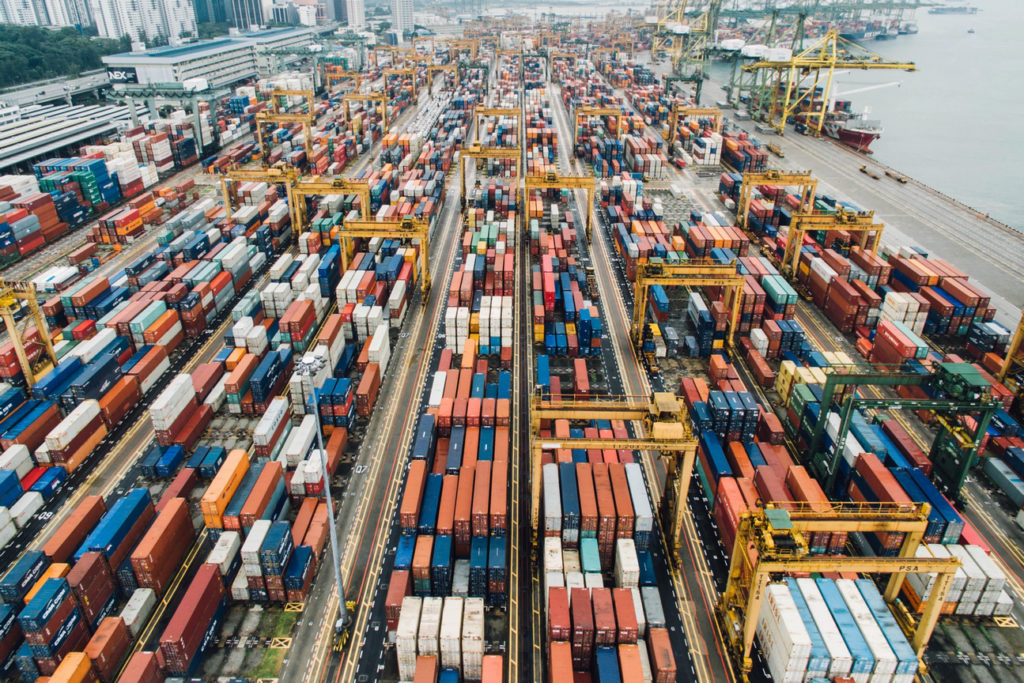
Why do We Choose Sourcing from China
Developing Chinese Economy
In 2021, the value added in the electronics manufacturing industry in China grew by 15.7 percent from the previous year, reaching the highest point of the given period. The growth rate experienced a decrease in 2019 and 2020, then rebounded quickly in 2021.
From the sheet below, we can see that in 2021, China accounted for 14.7% of the world’s total export.
The number exceeded the Unites states which are in the second position by nearly twice.
Faster Business Circulation
Sourcing in low-cost counties like China can bring you the benefit of faster business circulation. Sourcing from China can help you get your product to market quickly and efficiently.
The country’s vast manufacturing capabilities and extensive supply chain networks make it possible to source and produce products at a lower cost than many other countries.
And, because China is home to some of the world’s largest ports and logistics infrastructure, it is often easier and faster to get products shipped from China to your destination than from other countries. All of these factors make China an ideal sourcing destination for businesses looking to improve their bottom line.
Widely Choice of Product Suppliers
Bring you a wide variety of product suppliers and manufacturers to choose from. By sourcing in these countries, you can tap into a large pool of potential suppliers and get the best possible price for your products.
Sourcing from China also gives you the opportunity to work with experienced and reputable manufacturers who can produce high-quality products at a fraction of the cost of other countries.
The wide choice of product suppliers enables you to fully consider before making the final decision. This free choice is a great way to ensure that you get exactly what you want and need for your company. Consider all options before making your final decision to get the best possible outcome for your needs.
Decrease the risk of your business
Sourcing in low-cost counties like China can help you reduce the risk of business by gaining a competitive advantage.
Sourcing from these countries can provide your company with products that are cheaper and often better quality than what is available domestically.
Additionally, sourcing from low-cost countries can help to diversify your company’s supplier base, which can protect against disruptions in the supply chain.
While there are some risks associated with sourcing from low-cost countries, such as political instability or quality control issues, these risks can be mitigated through careful planning and due diligence. Overall, sourcing from low-cost countries like China can be a beneficial strategy for your business.
Lower cost
Sourcing in low-cost countries like China can help you reduce costs. The abundance of the labor force in these countries allows companies to source cheaper products and services. In addition, the Chinese government provides incentives and support to businesses, making it an attractive investment destination. Sourcing from China can help you save on costs and improve your bottom line.
Easy to scale up production
China product sourcing allows companies to scale up manufacturing when needed, providing them with better scalability. This is due to a large number of manufacturers in China and the willingness of these manufacturers to increase production on short notice.
Sourcing products from China can therefore be a key competitive advantage for companies that need to be able to respond quickly to changes in demand.
China is the world’s largest manufacturer, producing over 20% of global manufacturing output. The country has a large and growing pool of labor, which gives companies the ability to quickly ramp up production.
In addition, Chinese manufacturers are typically willing to accept smaller orders than their counterparts in developed countries, making them a good option for companies that need to source products in small quantities.
Sustainability of Business Development
Sourcing products from China can help improve the sustainability of business development. By working with Chinese manufacturers, businesses can ensure that their products are made sustainably and with high-quality standards.
This can help reduce environmental impact and improve social and economic outcomes for businesses. Additionally, China product sourcing can help businesses save money on production costs. Chinese manufacturers are often able to provide lower prices for goods and services due to their large scale of production.
This can help businesses increase profits and reinvest in other sustainability initiatives. Finally, sourcing products from China can help build relationships with Chinese manufacturers. These relationships can be beneficial for both parties involved and can help improve the sustainability of business development over time.
Contact product suppliers directly
If you’re looking to source products from China, one of the key benefits is that you can contact the manufacturer directly without any middlemen. This gives you a great opportunity to negotiate better prices and terms, as well as get a better understanding of the manufacturing process and quality control procedures.
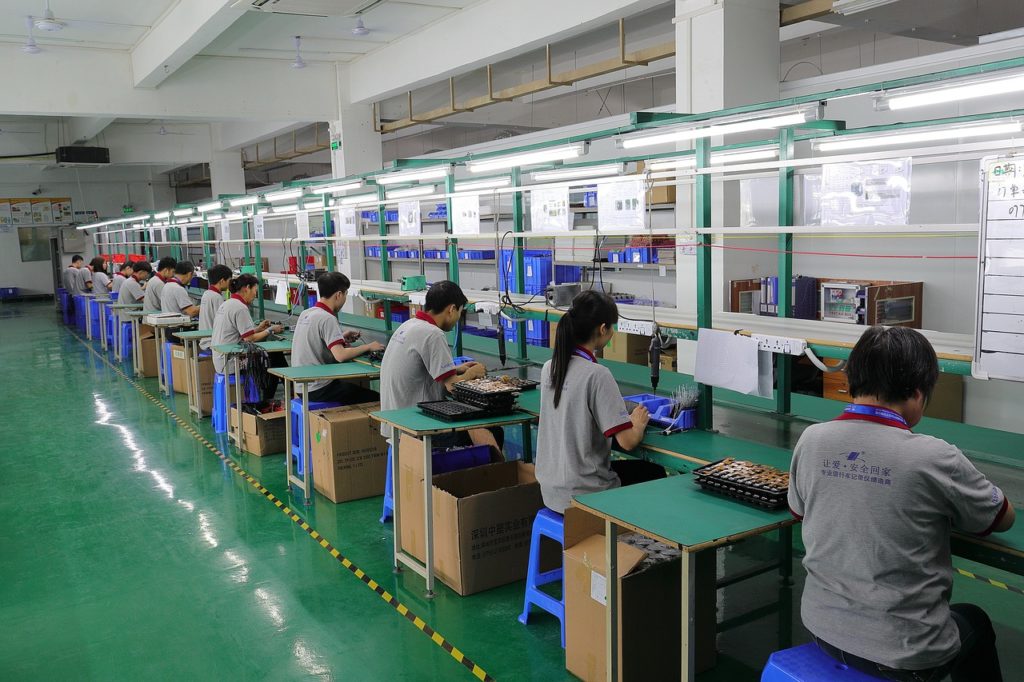
Of course, sourcing products from China does come with some risks. These include potential quality issues, delays in shipping, and difficulties with communication. However, as long as you do your research and work with a reputable sourcing partner, these risks can be minimized.
Making a quick Response to Customer Demand
Sourcing products from China enables you to make quick responses to your customer’s needs. This is because China product sourcing generally has a shorter lead time than sourcing products from other countries.
In addition, sourcing product from China usually involves lower shipping costs and can be more cost-effective overall. Therefore, if you need to respond quickly to your customer’s needs, sourcing products from China is often the best option.
The Most Popular Products Sourcing from China
In 2021, China’s general trade import and export volume was 24.08 trillion yuan
Among them, exports reached 13.24 trillion yuan, up 24.4 percent compared with 2020; Imports were 10.84 trillion yuan, up 25%. Compared with the same period last year, the import and export of processing trade reached 8.5 trillion yuan, up 11.1 percent, accounting for 21.7 percent.
Mechanical and Electrical Products.
Both export and import of mechanical and electrical products maintained a good growth trend.
In 2021, China exported mechanical and electrical products to 12.83 trillion yuan, an increase of 20.4 percent over the previous year, accounting for 59 percent of the total export value, among which automatic data processing equipment and its parts, mobile phones and automobiles grew by 12.9 percent, 9.3 percent, and 104.6 percent respectively.
Compared with the data in 2020, the import of mechanical and electrical products was 7.37 trillion yuan, an increase of 12.2%, accounting for 42.4% of the total import value, among which the import of integrated circuits increased by 15.4%.
So we can see the most popular products foreign companies would like to source in China are mechanical and electrical products.
Increase of Labor-Intensive Products
Exports of labor-intensive products showed high growth.
Thanks to the global economic recovery and fiscal stimulus in Europe and the United States, China’s exports to major trading partners increased significantly in 2021.
Labor-intensive products, whose exports recovered more slowly in 2020, also saw sharp growth in 2021.
In 2021, the export of clothing, textile yarn and fabric, plastic products, furniture, and parts reached 170.45 billion US dollars, 145.26 billion US dollars, 99.11 billion US dollars, and 73.98 billion US dollars respectively, accounting for a relatively high proportion of the country’s major labor-intensive products export.
In terms of the export of specific labor-intensive products, the cumulative year-on-year growth rate of toys, shoes and boots, bags, and furniture products was higher than 25%, and the year-on-year growth rate of clothing exports was 24%.
However, the year-on-year growth rate of textile yarn, fabric, and products including masks was -5.6%, mainly due to the high export base of epidemic prevention materials in 2020. In 2021, the global pandemic situation was relatively good, so the export growth rate of the two textile categories declined, although the export volume remained large.
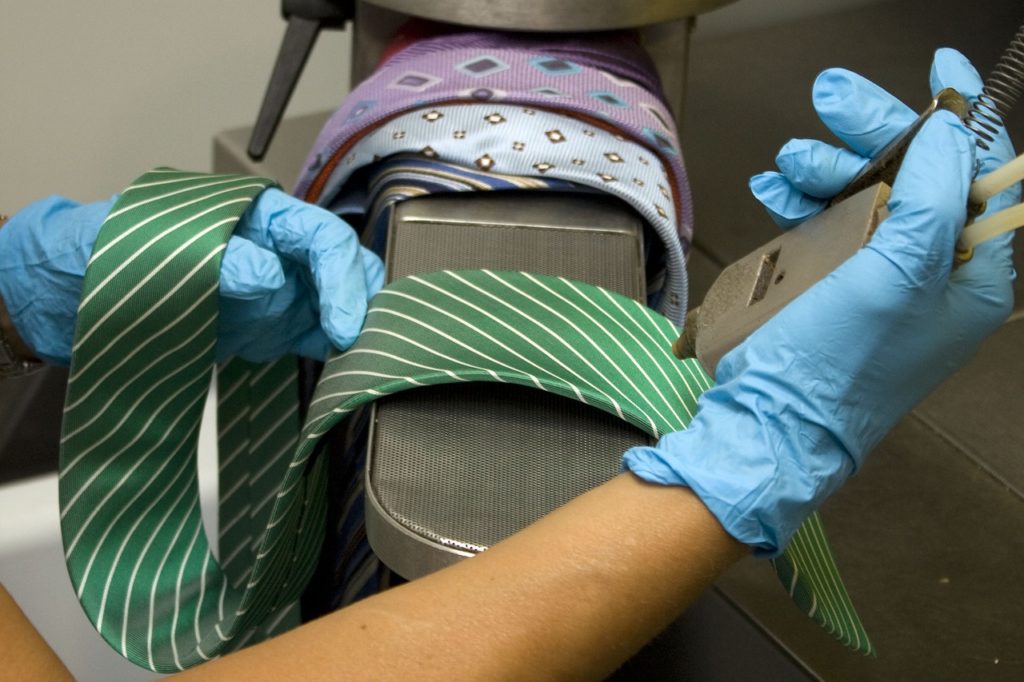
Different Ways to cooperate with Chinese product suppliers
There are four primary methods of cooperating with Chinese product manufacturers: dropshipping, wholesaling, manufacturing, and OEM. Each method has its own advantages and disadvantages that should be considered before deciding which is right for your business.
Dropshipping is the most popular method of cooperating with Chinese manufacturers. Dropshippers simply sell products that they source from Chinese manufacturers on their own websites or online marketplaces like eBay and Amazon.
The main advantage of dropshipping is that it requires very little upfront investment. Dropshippers only need to pay for the products they sell, and they don’t need to carry any inventory. The downside of dropshipping is that it can be difficult to build a brand and there is always the risk that your supplier will run out of stock or raise prices.
Wholesaling is another popular method of cooperating with Chinese manufacturers. Wholesalers purchase products from Chinese manufacturers in bulk and then sell them to retailers.
The advantage of wholesaling is that it allows you to buy products at a lower price than you could if you were buying them retail. The downside of wholesaling is that it requires a larger upfront investment, and you will need to find customers for your products.
Manufacturing is the third method of cooperating with Chinese manufacturers. In this method, businesses work with Chinese manufacturers to create custom products.
The advantage of manufacturing is that you can create unique products that no one else is selling. The downside of manufacturing is that it requires a large upfront investment, and there is always the risk that your products will not sell.
OEM is the fourth method of cooperating with Chinese manufacturers. In this method, businesses work with Chinese manufacturers to create products that they sell under their own brand.
The advantage of OEM is that it allows you to create unique products that are branded with your own logo and name. The downside of OEM is that it requires a large upfront investment, and there is always the risk that your products will not sell.
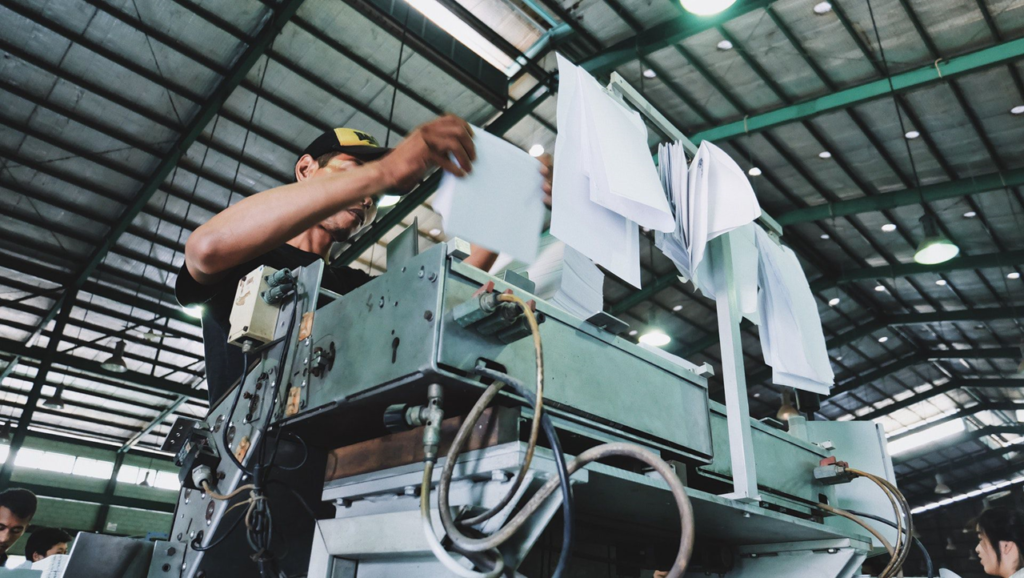
Types of Product Suppliers
Trading Company
A trading company is an intermediary that helps manufacturers and suppliers connect with buyers. Trading companies source products from manufacturers, negotiate contracts and manage the logistics of getting the products to buyers.
During China product sourcing , a trading company can be a valuable partner. A good trading company will have strong relationships with Chinese manufacturers and suppliers and will be able to help you find the right products at the right price. They can also handle all of the paperwork and logistics involved in shipping products from China to your market.
Here are some things to keep in mind if you’re considering working with a trading company for your product sourcing needs:
- Pros:
– Trading companies can save you time and money. They have established relationships with manufacturers and suppliers, and they know how to navigate the Chinese market. This can make the sourcing process much easier and more efficient.
– Trading companies can provide valuable resources and knowledge. If you’re new to sourcing in China, a trading company can be a valuable resource. They can help you understand the market, find reputable suppliers, and avoid scams.
– Trading companies can help with quality control. Many trading companies offer quality control services, which can give you peace of mind that your products meet your standards.
- Cons:
– You may have less control over your product and supply chain. When you work with a trading company, you’re essentially giving up some control over your product and supply chain. The trading company will be the one dealing with the manufacturers and suppliers, so you won’t have as much direct communication or involvement.
– You may pay higher prices for goods. Trading companies typically charge a commission or markup on the products they source, which can make them more expensive than working directly with manufacturers or suppliers.
– There’s always the potential for fraud. Unfortunately, there are many scams in the Chinese market, and trading companies are not immune. Be sure to do your research and vet any trading company you’re considering working with care to avoid being scammed.
If you’re considering working with a trading company for your product sourcing needs, be sure to do your research and get quotes from multiple providers before making a decision.

Wholesaler
As a business owner, you may be considering sourcing products from China. When doing so, you will likely come across the term “wholesaler” An wholesaler is a company that brings goods from Countries to your local countries and sell them to the companies.
There are both pros and cons to cooperating wholesalers to get the products from China.
On the positive side, Buying products from an experienced wholesaler can save you time and money. They have already fixed the logistics, quality control, and other factors.
Importers may have their own warehouse in your countries, which enables you to get the product easily.
They also have knowledge about the local market, which will decrease the risk of your business.
Also, the after-sale problems would be solved easier than cooperating with product suppliers directly;
On the downside: You have No way to communicate with the product suppliers directly, the importer is like a middleman. You have to spend more money during the process.
Product manufacture/factory
When sourcing products from China, there are a few different options for contacting manufacturers and factories. One option is to contact them directly, without going through any third-party service. There are pros and cons to this approach.
On the plus side, by dealing directly with the manufacturer, you can often get a better price for your product. This is because there are no middlemen to take a cut of the final selling price. You also have more control over the manufacturing process and can ensure that your product is made according to your specifications.
However, there are some downsides to contacting manufacturers directly. First of all, it can be difficult to find reliable manufacturers in China. There are many fly-by-night operations that are not worth doing business with. Furthermore, even if you do find a reputable manufacturer, communication can be a challenge. This is because of the language barrier and cultural differences.
So, in conclusion, there are both pros and cons to contacting manufacturers directly when sourcing products from China. You will need to weigh these factors carefully before making a decision.

Difference between a Sourcing agency and a trading company
When it comes to sourcing goods and services from suppliers, there are two main types of companies that you can work with: sourcing agencies and trading companies.
Both types of companies have their own strengths and weaknesses, so it’s important to understand the difference between them before deciding which one to work with.
Sourcing agencies are typically small businesses that specialize in connecting buyers with suppliers.
They usually have a network of contacts in different industries, which they can use to find the right supplier for your needs. Sourcing agencies typically charge a fee for their services, but they can be a good option if you’re not sure where to start when it comes to finding a supplier.
Trading companies are larger businesses that buy and sell products on behalf of their clients. They typically have their own team of buyers who source products from suppliers and then sell them to the trading company’s clients.
Trading companies typically charge a commission for their services, but they can be a good option if you’re looking for a one-stop shop when it comes to sourcing products.
So, what’s the difference between these two types of companies? Here are some key points to consider:
– Sourcing agencies specialize in connecting buyers with suppliers, while trading companies buy and sell products on behalf of their clients.
– Sourcing agencies typically charge a fee for their services, while trading companies typically charge a commission.
– Sourcing agencies enable you to have more control over the supply chain
The Process of Sourcing Products from China
Product development(optional)
The process of product development before manufacturing can be divided into several steps. The first step is to come up with an idea for a product.
This can be done through market research, brainstorming, or simply by noticing a need that is not being met. Once an idea has been generated, the next step is to develop a prototype.
This prototype will be used to test the feasibility of the product and to gather feedback from potential customers. After the prototype has been created, the next step is to begin work on the actual product.
This involves developing algorithms, designing hardware and software, and testing the product to ensure that it meets all safety and quality standards.
Once the product has been developed, the final step is to manufacture it. This process includes sourcing materials, assembling components, and packaging the product.
The whole process of product development before manufacturing can be time-consuming and expensive, but it is necessary to ensure that the final product is of high quality and able to meet the needs of customers.
Keywords to include:
– The whole process of product development before manufacturing
– market research
– brainstorming
– prototype
– feedback
– algorithms
– hardware
– software
– safety standards
– quality standards

Finding product suppliers/manufacturers
Tradeshow
If you want to attend a tradeshow like Canton Fair, you will need a China visa and a Registered Buyer badge. An invitation from the show may help you get both.
By invitation, overseas buyers can. Apply for a China visa (the Canton Fair invitation letter may help you to obtain a visa, but it depends entirely on the Chinese Embassy in your country).
Get a free admission pass in Registration Express Channel.
Overseas buyers can apply for an invitation to Canton Fair through
By BEST ( e-Service Tool for buyers )
https://www.cantonfair.org.cn/en-US/customPages/buyerGuide
By contacting the Canton Fair Call Center, China Foreign Trade Center
https://zh-cn.cantonfair.net/canton-fair/canton-fair-invitation?view=article&id=21&catid=2
By contacting the Economic and Commercial Exhibition Department of the Embassy of the People’s Republic of China in China (Economic and Commercial Section of the Consulate General)
By contacting Overseas Cooperation Organization of China Foreign Trade Centre
https://zh-cn.cantonfair.net/canton-fair/canton-fair-invitation?view=article&id=60&catid=2
By contacting Canton Fair Hong Kong Representative Office – (852) 28771318
By contacting the Chinese foreign trade companies (enterprises) with which you have business dealings
Online platform
When sourcing products from China, one of the most important things is to find a reliable supplier. There are many online platforms that can be used to find suppliers in China, such as Alibaba and Global Sources.
To find a supplier on Alibaba, simply search for the product you’re interested in and then filter the results by “Supplier Type” to find Chinese suppliers. You can then contact the suppliers directly to inquire about prices and shipping terms.
Global Sources is another popular platform for finding Chinese suppliers. To use it, simply create a free account and then use the search function to find suppliers that meet your criteria. You can then contact the suppliers directly to discuss prices and shipping terms.
Once you’ve found a few potential suppliers, it’s important to do your due diligence to make sure they are reputable and can be trusted. This includes checking their online reviews, asking for references from past customers, and verifying their business license and contact information. By taking the time to find a reliable supplier, you can avoid problems later on down the road.
here are three tips for finding a reputable and reliable product supplier on an online platform:
- Check the reviews
One of the best ways to gauge the quality of a supplier is to read reviews from other buyers. If a supplier has a lot of positive reviews, it’s a good sign that they’re reputable and reliable.
- Ask for recommendations
If you know anyone who has sourced products from China, ask them for recommendations. They may be able to point you in the right direction and help you avoid potential scams.
- Do your own research
Don’t just take a supplier’s word for it – do your own research to make sure they’re legitimate. This includes checking their website, social media accounts, and business registration information.
Visite the factory on site
After searching potential suppliers’ information online, it would be better to visit them onsite.
Going to China on your own can be a daunting task, but it’s worth it to make sure you’re working with a reputable company
Here are some tips for checking your product suppliers from China:
– Make sure you visit the supplier’s factory or workshop.
This will give you a good idea of their manufacturing capabilities and capacity.
– Ask to see samples of their products.
This will help you assess the quality of their workmanship.
– Inquire about their turnaround times and minimum order quantities.
This will give you an idea of how responsive they are to customer needs.
– Be sure to ask about their warranty and return policy.
This will give you peace of mind in knowing that you’re working with a company that stands behind its products.
By following these tips, you can be sure that you’re sourcing your products from a reputable supplier in China.
Achieve the balance between price and quality
There is no doubt that China has become one of the world’s leading manufacturers, with many companies sourcing products from the country in order to take advantage of its low costs.
However, it is important to remember that you should not compromise on quality in order to get a cheaper price. Products sourced from China should meet the same quality standards as those sourced from anywhere else.
If you are thinking about sourcing products from China, then it is important to do your research and make sure that you are working with a reputable supplier who can guarantee the quality of their products.
There are many ways to do this, such as reading online reviews or asking for recommendations from other businesses who have experience with sourcing products in China.
Once you have found a supplier that you can trust, it is important to establish clear quality standards and expectations from the outset. This will help to ensure that your products meet your required standards and do not disappoint your customers.
It is also worth noting that quality control should not only be carried out at the end of the manufacturing process. It is important to have checks and balances in place throughout the entire process, from raw materials to final inspection.
By doing this, you can be sure that any problems are caught early and corrected before they have a chance to impact the finished product.
In conclusion, while it is possible to get cheaper prices by sourcing products from China, you should never sacrifice quality for the price.
There are many ways to ensure that you are getting high-quality products, so do your research and choose a reputable supplier. By doing this, you can be sure that your products will meet the required standards and will not let you down.
Quality control
How to manage the quality of suppliers?
- Data collection
Each time the supplier is delivered, we can request the suppliers to provide a product inspection report and raw materials report and do a sampling check according to the standard。 If the report and checking show bad results, this batch of products should be rejected.
Do everything possible to reduce the risk to the company’s reputation.
- Assessment of suppliers for product quality
On-site inspection of suppliers includes the following aspects.
People – whether new employees are trained before work and whether they are licensed to work.
Machine – whether the equipment is in line with the production conditions, check the daily product inspection records.
Material — whether raw materials have material certificates. Would they inspect the raw material from suppliers? How do they treat the raw material which is not qualified?
Law — whether there are work instructions for each position, and how to deal with defects found.
Order sample products
When it comes to China product sourcing, it is important to remember to order a sample of the product before placing a large order. This will help ensure that the product meets your quality standards and that you are happy with the final product.
Ordering a sample is also a good way to check the communication and shipping times of the supplier, as well as to get an idea of their production capabilities
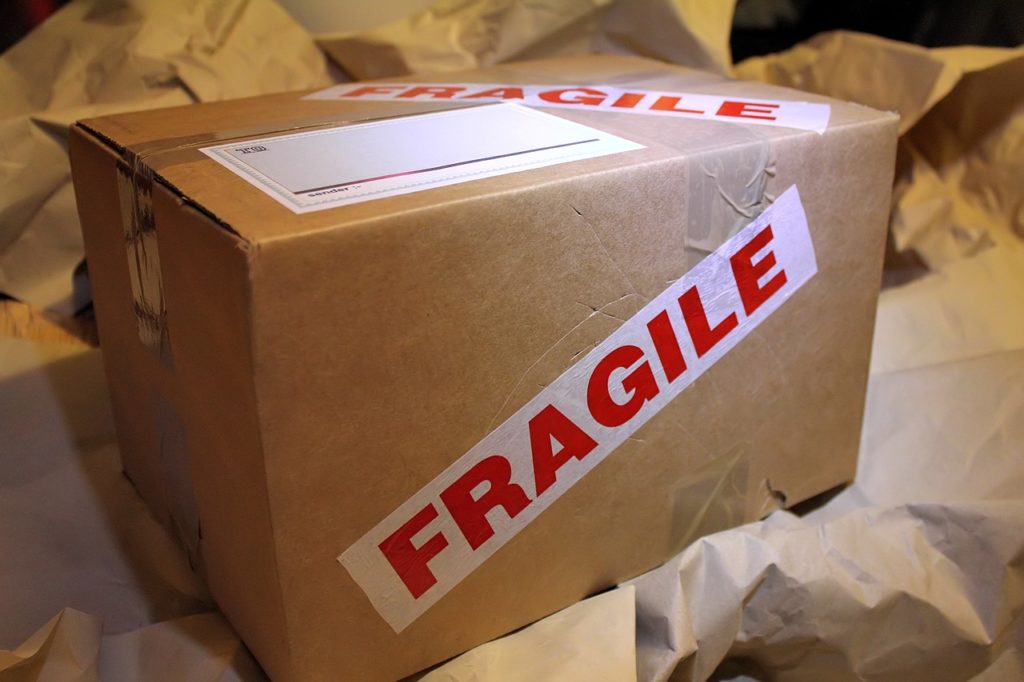
The Best Place for Finding Chinese Product Suppliers
1. Alibaba international website
Currently, the largest international cross-border e-commerce B2B platform website, founded in 1999, is the first business segment of Alibaba Group, business covers more than 200 countries, more than 26 million active overseas buyers, with RFQ business opportunity matching, guaranteed transactions, foreign trade collection and other services, is a very well-known B2B export platform. The merchant composition is from all over the world
2.EC21
EC21 is a comprehensive large-scale B2B foreign trade platform headquartered in Seoul, South Korea’s World Trade Center, with offices in 10 countries around the world. Although EC21 is a platform headquartered in Korea, it is a comprehensive overseas trade platform dedicated to developing global buyers, not just for the Korean market.
3. Made in China
Made in China was established in 1998, is headquartered in Nanjing, is one of the older foreign trade cross-border B2B platforms, Made in China brings together many products for global procurement, providing information exchange and trade trading platform, creating business opportunities for users and businesses, the main category of the industry product is machinery.
4. Global Sources
Global Sources is a company located in Hong Kong, mainly focusing on global professional exhibition organizers, Global Sources website is its in-depth industry-specific professional B2B foreign trade platform, Global Sources is in the early days of traditional trade, a very well-known website. Through the exhibition, trade platforms and magazines, and other multi-channel, it has built connections between buyers and suppliers, currently, there are more than 10 million buyers and users.
5. dunhuang.com
Founded in 2004, dhgate.com is one of China’s earlier B2B platforms for cross-border e-commerce, providing an online trading service platform. dhgate.com provides store operations, traffic marketing, warehousing and logistics, payment finance, business training, and other multi-functional services for SMEs in the cross-border e-commerce industry chain, helping merchants connect to global sourcing.
6. Tradekey
Tradekey is strong global visibility B2B export-oriented website, unanimously dedicated to the collection and analysis of global buyer data, Tradekey headquarters is located in Saudi Arabia, and the operations center is located in Pakistan
7. Tradewheel – Global B2B Marketplace | Top B2B Trading Platform | TradeWheel
Tradewheel is a U.S. website, founded in 2003, more inclined to one-stop b2b service, based on the platform, trade wheel provides business coaching and official website traffic and other services, Tradewheel in China Shanghai in 2018 to set up an office.
8.Indiamart
Indiamart is the largest B2B platform in India, the website offers many commercial and industrial products, and most of the manufacturers are from India, merchants can register and create a small website to showcase their products.
9. Ecplaza
Ecplaza is based in South Korea and offers web-based solutions for exporters in four languages: Chinese, English, Korean, and Japanese, and seven global sites: USA, Korea, Global, Japan, China, Malaysia, and UAE sites.
10. Thomasnet
The world’s leading B2B platform, with more than 1.8 million visitors per month, the sales idea is a global buyer looking for suppliers to close the deal, suppliers, and products are mainly concentrated in the United States.
Also, if you do not want to look for Suppliers yourself, it’s a good choice to cooperate with Sourcing agencies.
Conclusion
The globalization of economies has led to the rise of global value chains.
This means that companies are no longer limited to sourcing products and services from their own countries. In fact, many companies now find it more efficient (and cost-effective) to source from other countries, including China.
However, sourcing from China can be a daunting task. There are many things to consider when working with Chinese suppliers, such as which type of supplier is best for your product, how to identify quality suppliers, and the process of actually placing an order.
Pangea Sourcing has extensive experience in helping businesses navigate these waters and we’re here to help you too. Contact us today for a free consultation about China product sourcing and let us show you how easy and profitable it can be to source products from China

